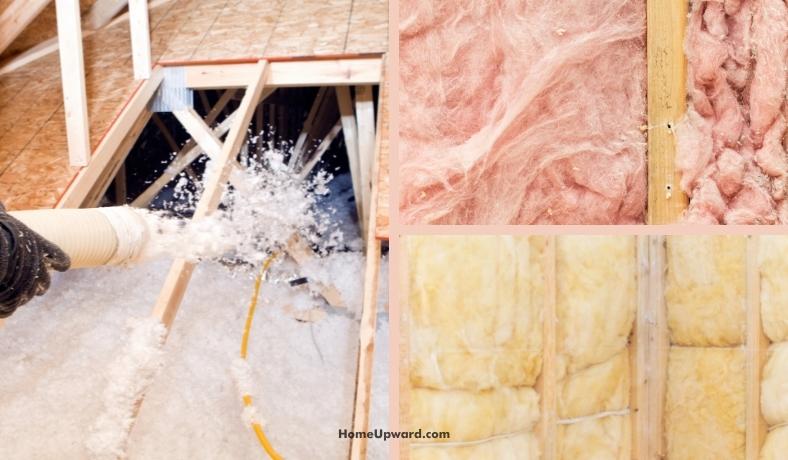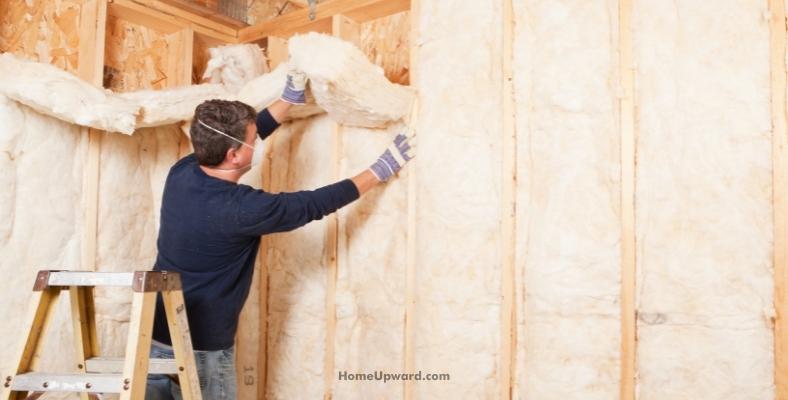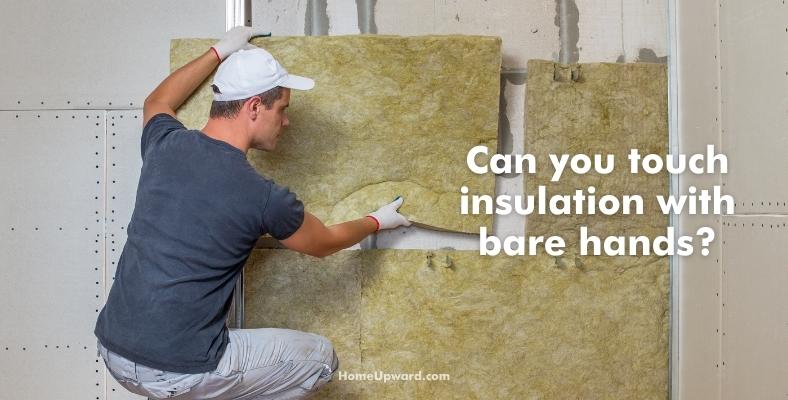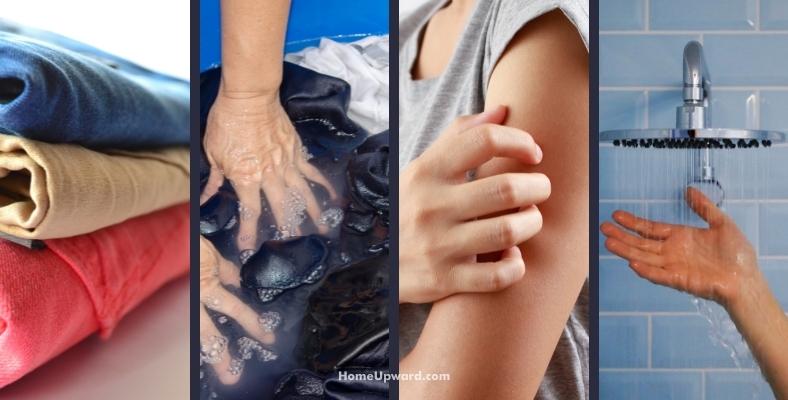Contents
Facts and Tips For Working With Insulation
Is it safe to work with insulation?
Yes, it’s safe to work with fiberglass insulation but you’ll need to take the proper precautions. Fiberglass batt insulation is made up of a combination of sand and recycled glass creating the well-known pink fiberglass look.
The elements of fiberglass are harmful to the skin which means if you touch it with your bare hands you’ll immediately suffer an irritating reaction. Whether it happens to you as itchiness or sharp pains, the fiberglass fibers can also result in a burning sensation on your skin.
This very uncomfortable feeling can also transfer if you touch your face or eyes before washing and treating the areas on your skin where it contacted you.
Insulation inhalation side effects
Insulation is also very harmful to inhale over a long period. While it’s much safer than asbestos which was previously used for insulation, there’s still the possibility of you becoming sick from breathing in the fiber particles.
Insulation workers in factories are most at risk due to repeated exposures but those working around it in their attic at home should still take care. The good news is that insulation carries no carcinogens (cancer causing properties) and the materials used to make it have been updated to make it as safe as possible.
However, there’s still the opportunity for people to develop lung disease if they interact with the fiberglass particles enough without being careful.
Once installed in place the fibers are no longer exposed to open air so the insulation becomes completely safe. It’s only when the fiberglass is exposed that it can become an irritant.
What to wear when working with insulation
There are a few things you should wear to make working with insulation as safe as possible. Be sure to protect your skin, eyes, mouth, and nose when working with it.
Another tip is to wear long-sleeve shirts and long pants to cover as much skin as possible to avoid fiberglass exposure.
Gloves
Wear gloves to protect your hands. If possible, long gloves that reach your sleeve ends are best to decrease the amount of skin exposed.
Use safety goggles
Protecting your eyes and the delicate skin around them is very important. It will also prevent you from wanting to itch or touch your eye directly during the installation process.
Wear a high-quality dust mask
Wearing a mask will decrease or prevent fiberglass inhalation. While it may feel weird, it’s the best way to protect your respiratory system when working around it. A better quality breathing mask is recommended – cheap masks sometimes still allow contaminants in your breathing air and mouth due to poor fit.
Use good ventilation
Making sure there’s good airflow during installation is also an important factor. While wearing a mask is an essential part of protection, having fresh, clean air in an area of work will lessen feelings of being smothered or having to breathe in hot air.
Does fiberglass stay in your lungs?
Fiberglass can stay in the lungs up to ten days after exposure so it’s best to avoid inhalation as much as possible. People with asthma shouldn’t work with insulation installation if possible even if using proper protection.
Fiberglass will usually be expelled from the body through sneezing or coughing but some particles may reach your lung cavity. While they will usually dissolve within a certain time the discomfort that can cause is well worth the effort of preventing it to begin with.
Can you touch insulation with bare hands?
It’s a bad idea to touch insulation with your bare hands. Doing so will result in a stinging, itching, and burning sensation that can spread to the rest of your body.
If you touch your face afterward it’s easy for the fibers to make their way into your eyes, nose, and mouth.
How do you clean insulation off?
Regardless of the protection worn, it is still possible for an individual to have exposure to fiberglass. If you or someone else comes into contact with insulation there are a few things that you or they can do:
Tips for cleaning off insulation
1. Go outside to change into a spare pair of clothes
- Even though your first reaction may be to change clothes as quickly as possible, it’s much better to go outside or into the garage to change your work clothes. Doing so will prevent the fiberglass particles from spreading into the air inside your home.
- It’s crucial to also avoid shaking your clothing too: all that will do is make the fibers spread into the air.
- Brushing off visible fibers with a brush is another option as well as trying to vacuum them off. Again, it’s best done outside to avoid getting the fibers inside your house.
- If vacuuming the fibers, the vacuum should be emptied into a garbage can outside to avoid reintroducing the particles inside the house.
2. Wash your clothes separately
Following installation, wash your work clothing in a separate load from other clothes so fibers don’t potentially spread.
3. Don’t scratch
Much like with mosquito bites, if you’re exposed to it the material can make you feel itchy and wanting to scratch your skin. Try to avoid scratching as that can cause the fibers to become more deeply embedded into your skin.
With fibers deeper in the skin it becomes harder to remove them. While it may be tempting, hold off until showering.
4. Cold shower
One of the best ideas is to take a cold shower right after exposure. Cold water will keep pores closed and reduce the chance for the fibers to sink in.
After taking a cold shower, apply body lotion or antibiotic cream on trouble spots if any areas are bothering you.




